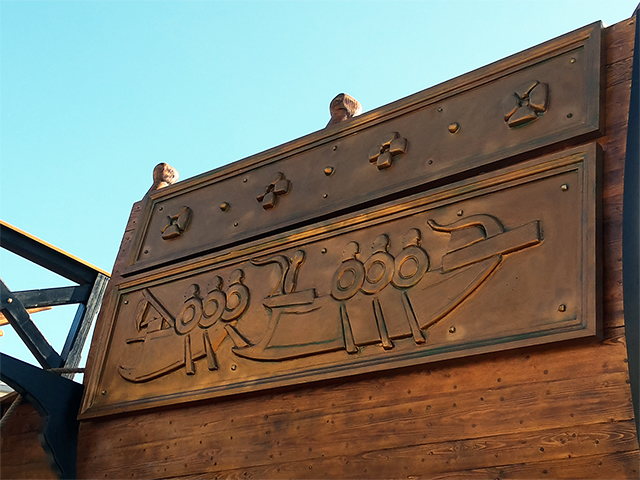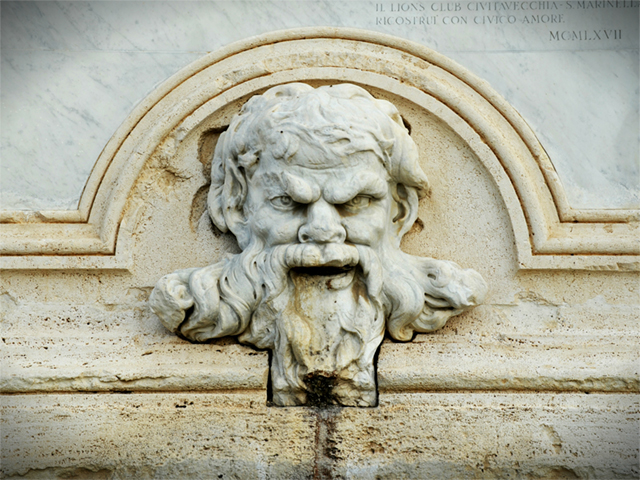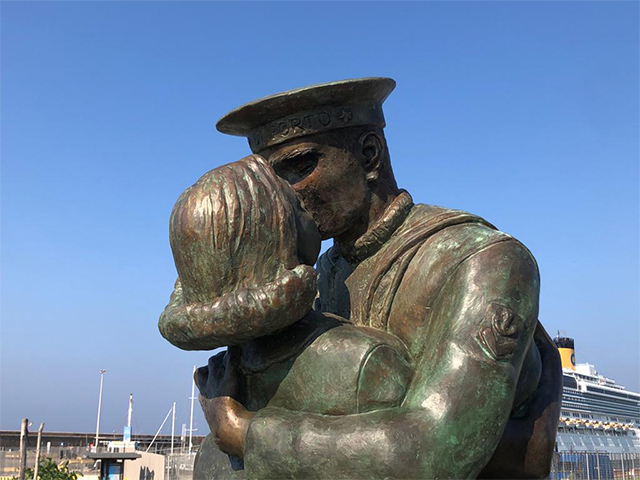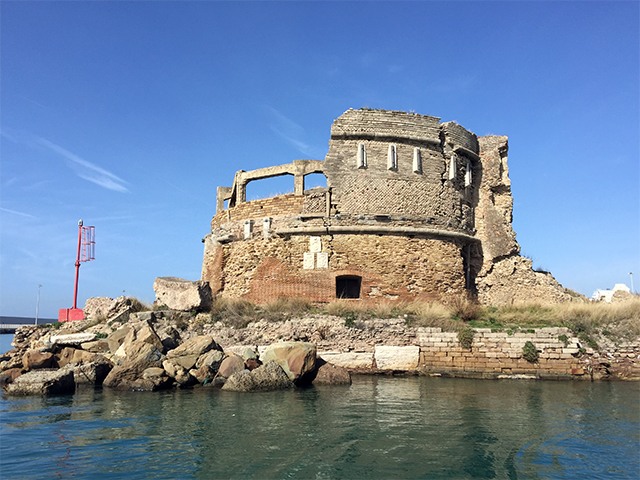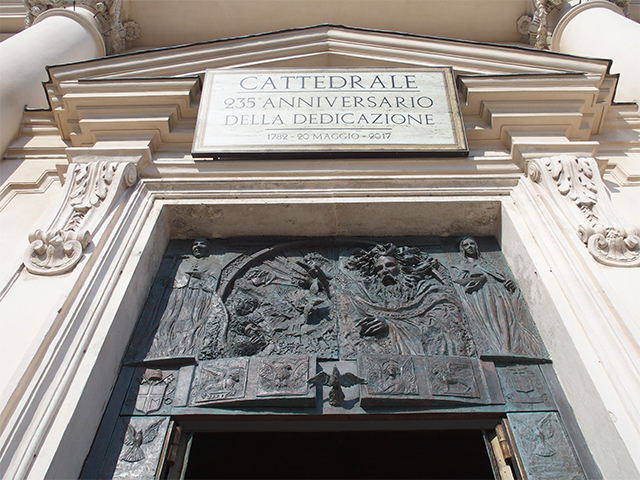Fort Michelangelo
Everything you must know about Fort Michelangelo, the fortress symbol of the Port of Civitavecchia: history, curiosities, useful information and new developments.If you have just arrived at the Port di Civitavecchia, you certainly can't help but notice the imposing sixteenth-century building named Fort Michelangelo. Civitavecchia's Fort Michelangelo is actually one of the most important militar architectonical structures of the coastline of Lazio.
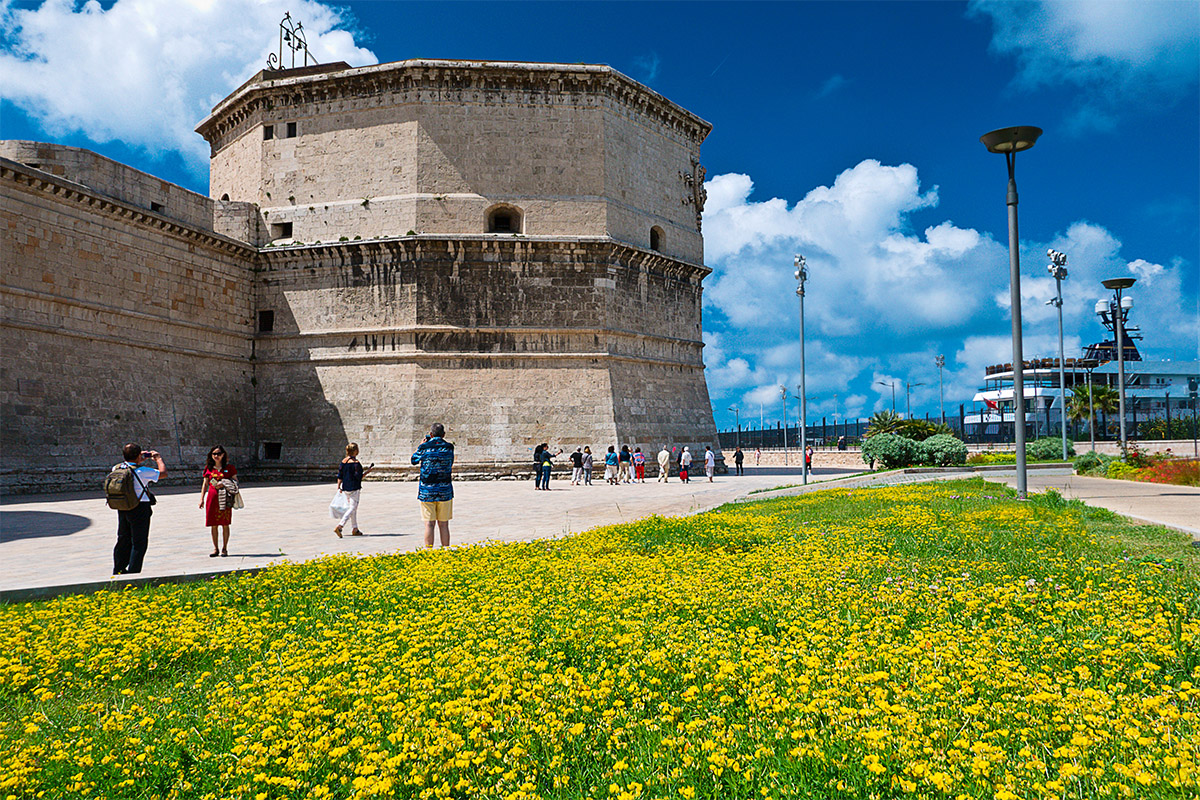
Fort Michelangelo - Picture by Franco Di Claudio
FORT MICHELANGELO - HISTORY
You must know that Pope Julius II commissioned the construction of the Bramante to defend the Port of Civitavecchia from the constant pirate incursions that, from the fifteenth century, threatened the security of the city with sacks, fires and slaughters.
If you go close to the entry point you will notice an inscription that testifies that it was the Pope himself to cast the first stone.
The works of the Fort started from the Bramante were carried on by his pupils Giuliano Leno and Antonio da Sangallo il Giovane. The fortress was finally completed in 1535 under the papacy of Pope Paulus III da Farnese, great patron of arts.
There was only the upper part to be built, the so-called Maschio (a typical medieval tower characterized by a higher hight in comparison to others). According to different sources, it was Michelangelo Buonarroti the person comissioned to build it and from whom the fortress took finally its name.

Fort Michelangelo - Picture by Raffaele Ballirano
FORT MICHELANGELO - THE STRUCTURE
The complex of Fort Michelangelo expands over a vast Roman building from Imperial age. The plant is quadrilater shaped plant, protected in the corners by four cylindrical towers and by the octagonal maschio that looks out to the port. On the East tower you can admire the symbol belonging to the coat of arms of Pope Julius II: an oak tree. The coat of arms indicates where the Pope blessed and cast the first stone on 14th December 1508.
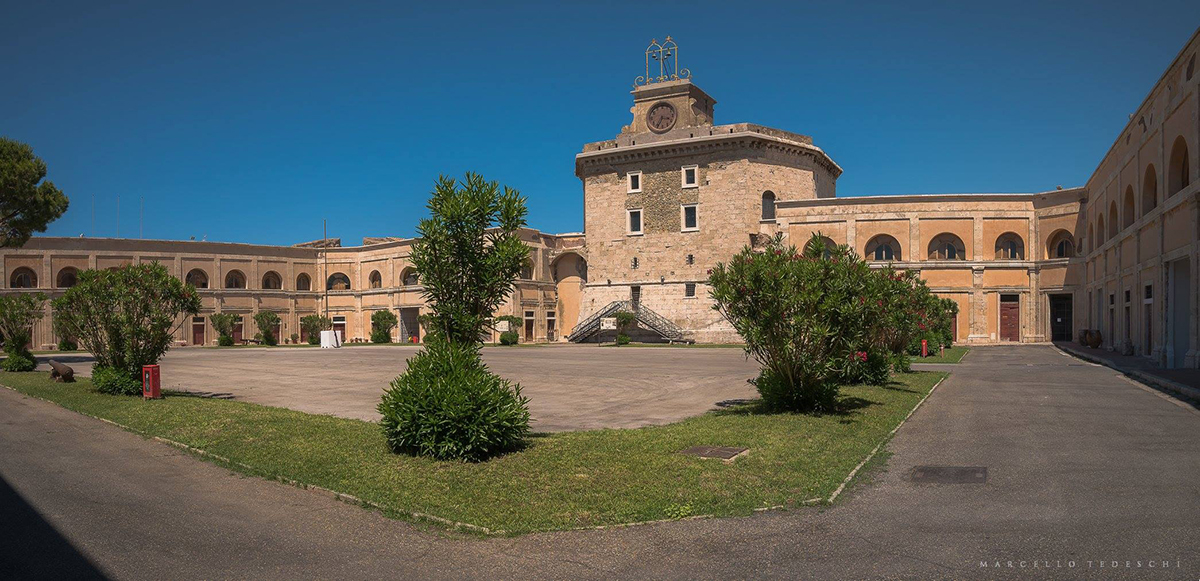
Fort Michelangelo, courtyard - Picture by Marcello Tedeschi
The four towerts, called St. Paul (South-East), St. Peter (South-West), St. Romolus (North-West) and St. Julius (North-East) are respectively also known as San Colombano, Santa Ferma, San Sebastiano and San Giovanni. Close to the old entry, between the Maschio and the West Tower, you can still see the bronze pulley that was used to pull down and up the bridge and you can also read the inscription over the jambs: "drop the arms".
Under the San Sebastiano tower there is an underground passage; a secret way out the fortress towards the inland, that is said to take inside the city walls. In the Santa Ferma tower it is possible to visit the small chapel in honour of Santa Fermina, the city's patron saint. The chapel is located in the place where the saint found shelter inside a cave. The 28th Aprile takes place the recurring event in her honour. To end with, inside the building a whole geometrical-style mosaic pavement has been found.

Fort Michelangelo at night - Picture by Marco Quartieri
FORT MICHELANGELO TODAY
Headquarters of the Port Captaincy, Fort Michelangelo has recently been the focus of relevant requalification works in the historical port of Civitavecchia, strongly wanted by Port Authorities and under the supervision of the authorities.
If you are passing by and don't have much spare time, we recommend a nice walk along the new pedestrian promenade circumnavigating Fort Michelangelo, characterised by wide flowerbeds and a charming stretch of water surrounding the Fortress, reminder of the sea that in the past lapped its walls.
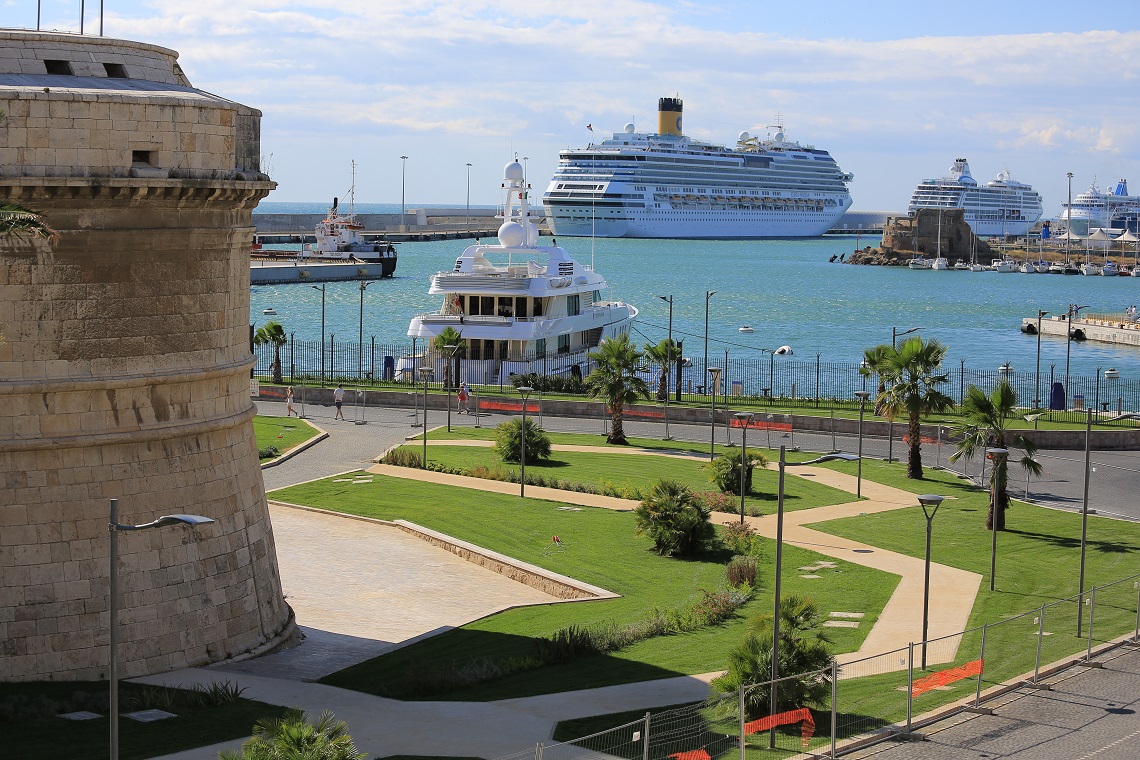
The requalification of Fort Michelangelo
If you liked this post, find out also the Historical Port of Civitavecchia route.
Useful information
Fort Michelangelo
- HOW TO GET THERE
Fort Michelangelo is located close to Varco Fortezza passage inside the Port of Civitavecchia.
If you are nearby Civitavecchia Train Station, is is easily reachable within 10 minute walk crossing Viale Garibaldi.
- TIMETABLES
Saturday and Sunday from 10.00 to 13.00 and from 16.00 to 19.00
At the moment it's possible to visit only the inner square of the Forte Michelangelo.
- PRICES
Free



 PORT MOBILITY CIVITAVECCHIA
PORT MOBILITY CIVITAVECCHIA








